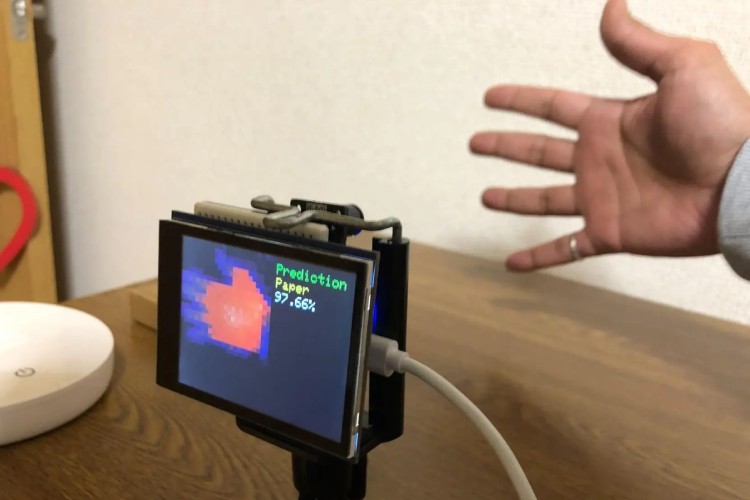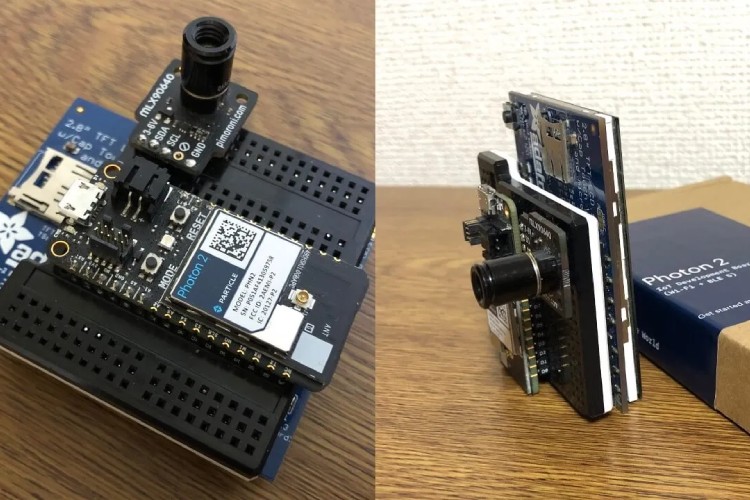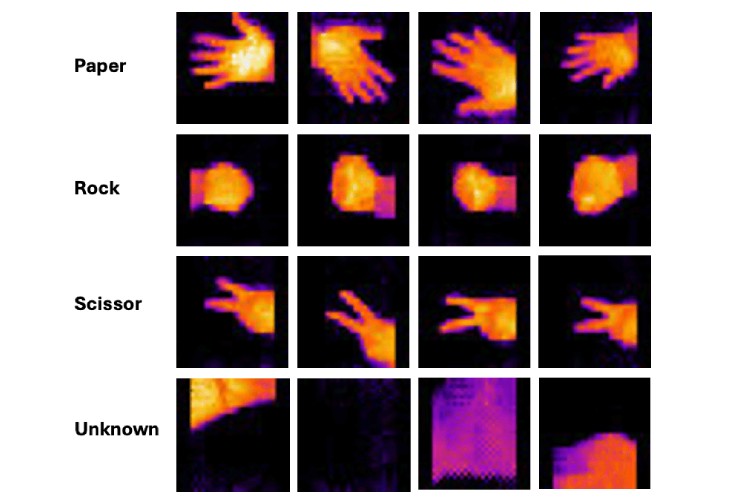
Thermal imaging is commonly used in industries like security and diagnostics, but it also has applications in computer vision. Unlike regular cameras, thermal cameras detect heat, making them useful in low-light conditions. In our past projects, we explored thermal camera applications and worked on computer vision projects like license plate recognition and face recognition. However, traditional computer vision systems have limitations, such as struggling with poor lighting or requiring significant processing power. By combining thermal imaging with computer vision, some of these challenges can be addressed. Regular gesture recognition systems using RGB cameras may not work well in the dark, and voice recognition can be unreliable in noisy places. Physical interfaces like buttons and touchscreens require direct contact, which may not be ideal in certain situations. A system that uses heat signatures instead of visible light can provide a reliable, touch-free way to interact with devices in any lighting condition.

Naveen Kumar’s project, showcasing how to build a hand gesture recognition system using low-resolution thermal images, takes this approach. The system uses an MLX90640 thermal camera module with a 32×24 resolution to detect hand gestures like rock, paper, and scissors. A Particle Photon 2 microcontroller processes these images using a machine learning model trained with Edge Impulse Studio. The setup also includes a 2.8” TFT touch shield for displaying information and a Grove dual button for user input. The system is designed to be low-power and efficient, making it useful for smart home control and assistive technologies.

The project involved collecting 379 thermal images for training a convolutional neural network model, which achieved 98.4% accuracy during training and 98.67% accuracy during testing. Once deployed on the Photon 2, the model could classify gestures in real-time with high accuracy. This project shows how thermal imaging and AI can work together to improve gesture recognition, making it more reliable in different environments.

